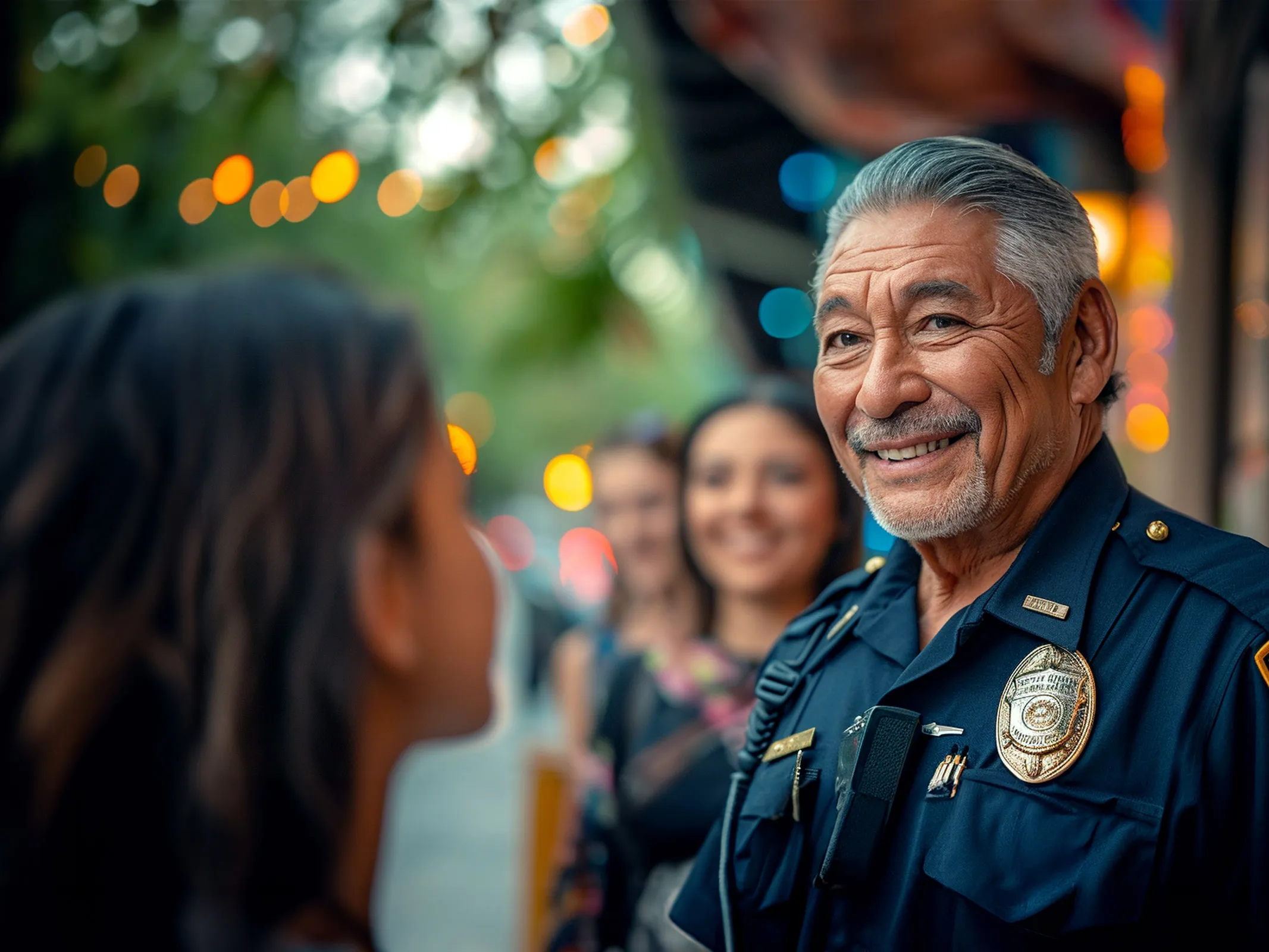This negative rhetoric has grown so loud it can be difficult for police to share success stories, as they are oftentimes unjustly criticized by anti-policing groups in board meetings and other key community gatherings.
In a previous post, I talked about the challenges police face with managing the large amounts of data they collect every day. Crime analysis programs, managed by crime analysts, criminal intelligence analysts, and intelligence analysts can help solve this challenge, as they are focused on looking at data and connecting the dots. With these programs in place, it becomes easier for police departments to effectively communicate their community policing success stories on a data-driven level.
The truth is that police officers are making a positive impact every single day, but these stories almost never make it to their social media outlets or the mainstream media. The public hears when a police officer does something wrong or criminal, as they should. But they almost never hear about a police officer arresting a serial killer, rapist, or fraudster running a corrupt enterprise.
The public also rarely sees photos of police officers helping elderly residents clear snow off the sidewalk, dropping off food to people in need, or other critical examples of police officers assisting community members in their day-to-day lives. And all of this adds up because when the public can’t see the positive impact of the police, they can become that much easier to criticize.
Sharing Community Policing Success Stories
So, why are these success stories not being shared more often? One hypothesis I have is that the process and workflows require an intentional effort from the command staff down to the beat officer to capture these moments and share them with the public. And given that most law enforcement agencies these days are understaffed and overburdened, the important task of sharing community success stories can become understandably deprioritized.
Despite the challenges, though, there are some police officers currently doing an exemplary job of sharing community policing success stories with the world.
In Chicago, IL, police spokesman Officer Jose Jara does an excellent job on the Chicago Police Department’s Facebook page showcasing photos and interviews of officers interacting with the community. He also promotes exciting upcoming pop culture events—such as upcoming concerts and films—to keep his social media followers engaged. “My goal in my photos and social media efforts is to showcase that police and community are one and the same,” Jara said. “Yes, police officers have made a sworn duty to uphold community safety, but at the end of the day, police officers and citizens alike are all human beings. We all want to enjoy our lives and feel safe, valued, and protected while we are doing so. With my photos and social media posts, I hope I communicate that there is no divide here—police and community are on the same side.”
Sheriff Ron Hain from the Kane County, IL Sheriff’s Office also does a terrific job showcasing the day-to-day interactions with the community on his Facebook page, from playing basketball with children in the neighborhood to hosting an annual golf outing. Additionally, Hain’s efforts to implement re-entry programs within the Kane County Adults Corrections Center that provide citizens reentering the community with support, opportunity, and continued treatment have seen tremendous results. After monitoring three years worth of data around these efforts, the results show that his initiatives have reduced jail violence by 35 percent each year, reduced countywide crime by 16 percent, and have saved taxpayers nearly $5 million.
How Can Your Department Create a Library of Success Stories?
It can be a challenging transition to go from never posting success stories to sharing them with your social media followers on a regular basis, so it’s important to first figure out where to start. One of the recommendations that I can provide from personal experience is to have a PowerPoint where you can log your positive community interactions and success stories. These PowerPoint slides should contain images and context, written out in bullet points, demonstrating the positive impact of the police in the community. Use these slides during council meetings, board meetings, and for media posts and other kinds of outreach with the community. Consistently adding contributions to the library will require commitment from the entire department but in the long run, these contributions can make a significant difference when your department can tell a story with a few slides.
Lastly, I recommend not to put all of your efforts into solely law enforcement-focused success stories. Make sure to provide a strong balance of stories, including plenty with a community-focused lens so you can gain community support. Communities want to be moved and inspired by some of these stories that take place daily but never get documented.
I can’t guarantee results, but my guess is that you will continue to build and improve upon your relationship with the community and that community members who once criticized your department will now become allies.
I close with one question: when was the last time your department published a community policing success story?





